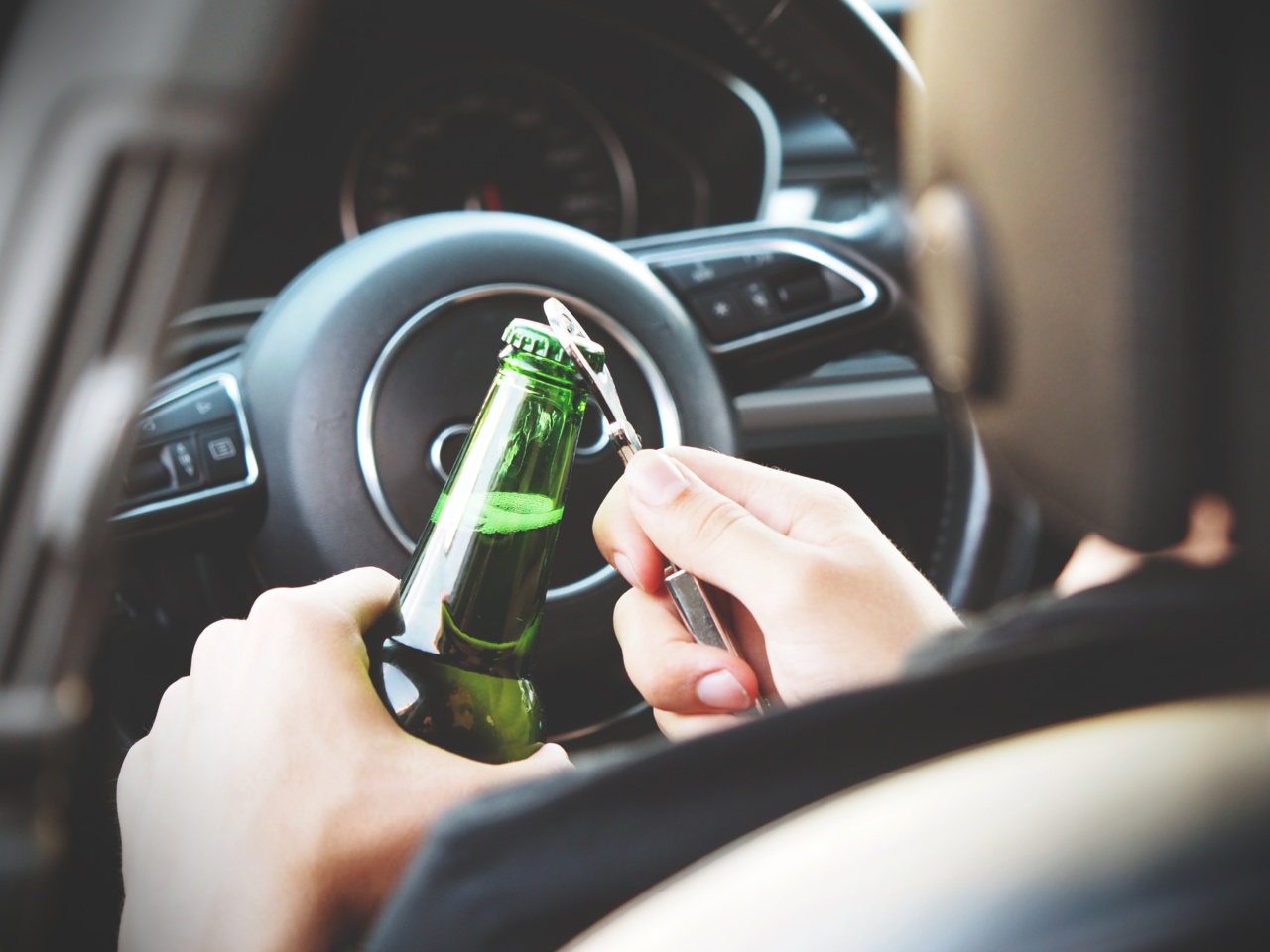When people drink alcohol, they often become flushed or red in the face.
This is a well-known effect of alcohol and is one of the reasons that people commonly associate alcohol with feeling “warm.” However, what many people don’t realize is that this redness can be a sign of a dangerous condition known as alcohol-induced flushing.
What is Alcohol-Induced Flushing?
Alcohol-induced flushing is a condition in which someone’s face, neck, and upper body become red and sometimes itchy or uncomfortable after they consume alcohol.
This happens because the body is unable to break down alcohol properly, leading to a build-up of a substance called acetaldehyde in the blood. Acetaldehyde causes the blood vessels in the face and neck to dilate, which in turn causes the redness that many people associate with drinking.
Why is Alcohol-Induced Flushing Dangerous?
Alcohol-induced flushing is not dangerous on its own. However, it is often a sign that someone has an increased risk of certain health problems related to drinking.
Specifically, people who experience alcohol-induced flushing are at a higher risk of developing esophageal cancer from drinking alcohol. This is because the acetaldehyde that builds up in the body when someone experiences flushing is a known carcinogen that can damage DNA and lead to cancer.
In addition to the increased risk of cancer, people who experience alcohol-induced flushing may also be more likely to develop high blood pressure or experience other negative effects from drinking alcohol.
This is because their bodies are having a harder time breaking down the alcohol they consume.
Who is at Risk for Alcohol-Induced Flushing?
Alcohol-induced flushing is most common among people of Asian descent. Approximately 50% of people of Asian descent experience some degree of flushing when they drink alcohol.
This is because many people of Asian descent have a genetic variation that makes it harder for their bodies to break down alcohol properly.
However, anyone can experience alcohol-induced flushing, regardless of their ethnicity or background. Some other risk factors for this condition include:.
- Drinking alcohol quickly or in large amounts
- Drinking alcohol on an empty stomach
- Taking certain medications that interact with alcohol
How Can You Reduce the Risk of Alcohol-Induced Flushing?
If you experience flushing when you drink alcohol, there are a few things you can do to reduce your risk of negative health effects:.
- Drink in moderation: try to limit your drinking to no more than one drink per day if you’re a woman, or two drinks per day if you’re a man
- Eat before you drink: having food in your stomach can help slow down the absorption of alcohol
- Avoid triggers: if you know that certain types of alcohol or situations tend to trigger your flushing, try to avoid them
- Talk to your doctor: if you’re concerned about your risk of negative health effects from drinking, talk to your doctor. They can help you determine how much drinking is safe for you and how to reduce your risk of complications.
Conclusion
Alcohol-induced flushing is a common side effect of drinking alcohol, but it can also be a sign of increased risk for certain negative health outcomes.
If you experience flushing when you drink, it’s important to be aware of your increased risk of esophageal cancer and other health problems related to alcohol consumption. By drinking in moderation, eating before you drink, and avoiding triggers, you can reduce your risk and help protect your health.





























